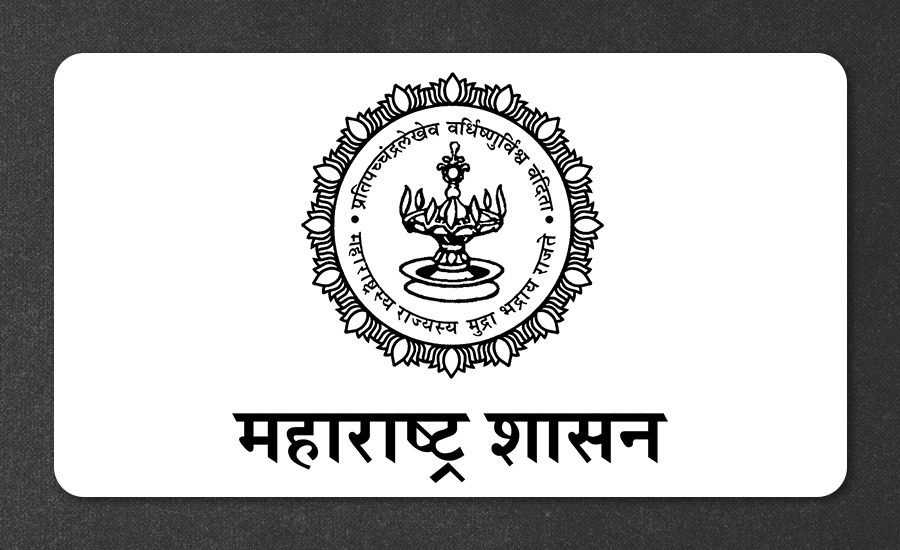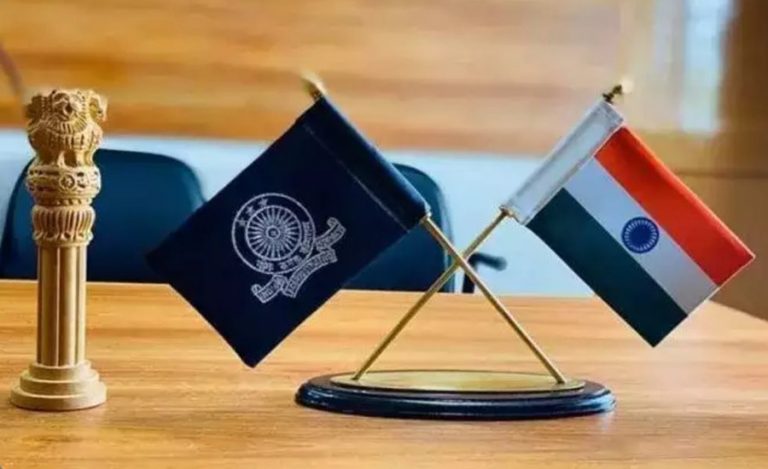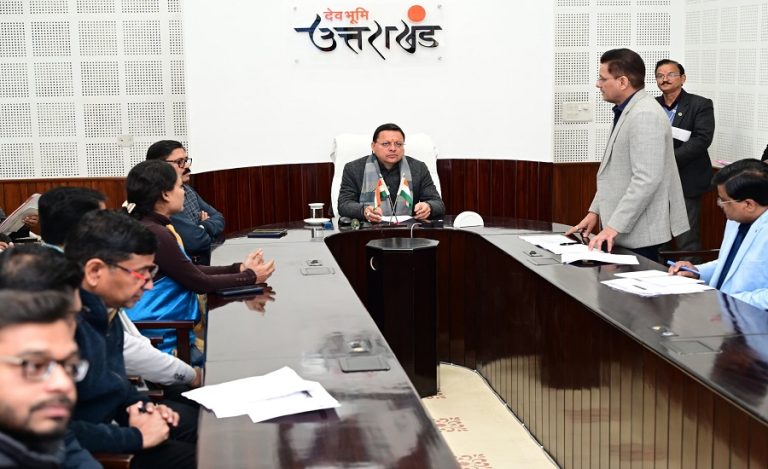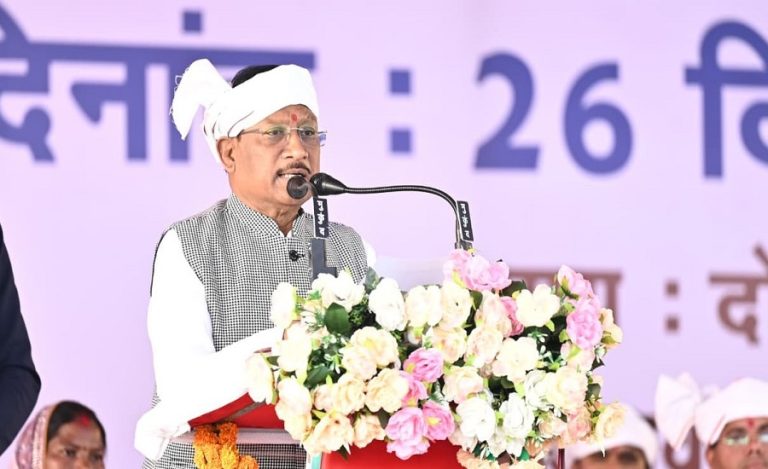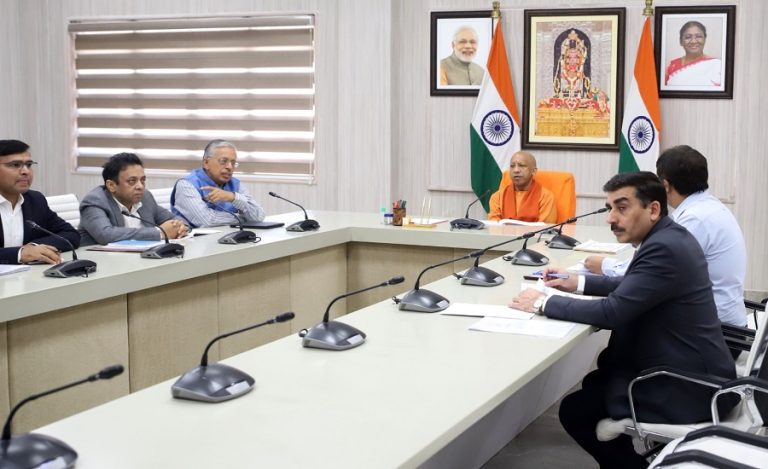Mumbai: In a landmark move, the Maharashtra government has appointed five senior IAS officers to directly oversee and monitor the development plans of five major Jyotirlinga pilgrimage sites in the state. This is the first time that such senior-level officers have been tasked with the religious infrastructure projects, marking a new chapter in the integration of governance with cultural and spiritual development.
The five Jyotirlingas covered under this initiative are located at Bhimashankar (Pune), Grishneshwar (Chhatrapati Sambhajinagar), Trimbakeshwar (Nashik), Aundha Nagnath (Hingoli), and Parli Vaijnath (Beed).
“This is the first time senior officers have been designated for direct oversight of religious infrastructure projects at this level. The aim is for coordinated, efficient, and transparent execution,” said a senior official from the Chief Minister’s Office (CMO).
Senior Bureaucrats to Directly Report to CM Fadnavis
These appointments have been made under the direct supervision and directives of Chief Minister Devendra Fadnavis, ensuring top-level monitoring of these time-bound projects. Each officer will conduct regular reviews and submit detailed reports directly to the CMO.
The appointed officers and their respective sites include:
- V. Radha, Additional Chief Secretary, General Administration Department – Bhimashankar (Pune)
- B. Venugopal Reddy, ACS, Higher and Technical Education – Grishneshwar (Chhatrapati Sambhajinagar)
- Saurabh Vijay, Principal Secretary, Finance Department – Trimbakeshwar (Nashik)
- Richa Bagla, Principal Secretary, Finance Department – Aundha Nagnath (Hingoli)
- Appasaheb Dhulaj, Secretary, OBC Welfare Department – Parli Vaijnath (Beed)
Massive Financial Outlay for Religious Infrastructure
The state has already approved detailed master plans and released substantial funds for the development of these shrines. A total of Rs 881.89 crore has been sanctioned, broken down as follows:
- Bhimashankar – Rs 148.37 crore (11 works approved)
- Grishneshwar – Rs 156.63 crore
- Trimbakeshwar – Rs 275 crore
- Aundha Nagnath – Rs 286.68 crore (covering 92 development works)
- Parli Vaijnath – Rs 15.21 crore
These funds will be utilized for enhancing pilgrimage amenities, infrastructure, connectivity, sanitation, crowd management, and overall beautification of temple premises and surrounding areas.
Religious and Cultural Significance at the Forefront
These five Jyotirlingas are among the twelve most revered Shaivite shrines in India and draw lakhs of pilgrims annually from across the country. The decision to entrust senior bureaucrats with the task reflects the state’s commitment to both preserving cultural heritage and boosting religious tourism through systematic development.
The statement from the CMO underlined that this is a first-of-its-kind administrative intervention, where Mantralaya-level officers are specifically appointed for inter-departmental coordination in religious development.
Focus on Accountability, Efficiency, and Impact
With formal government resolutions (GRs) already issued and high-level committee approvals in place, the state now moves into the execution phase. These projects aim to transform the Jyotirlinga sites into world-class pilgrimage destinations, while ensuring accountability and timely delivery of work.

